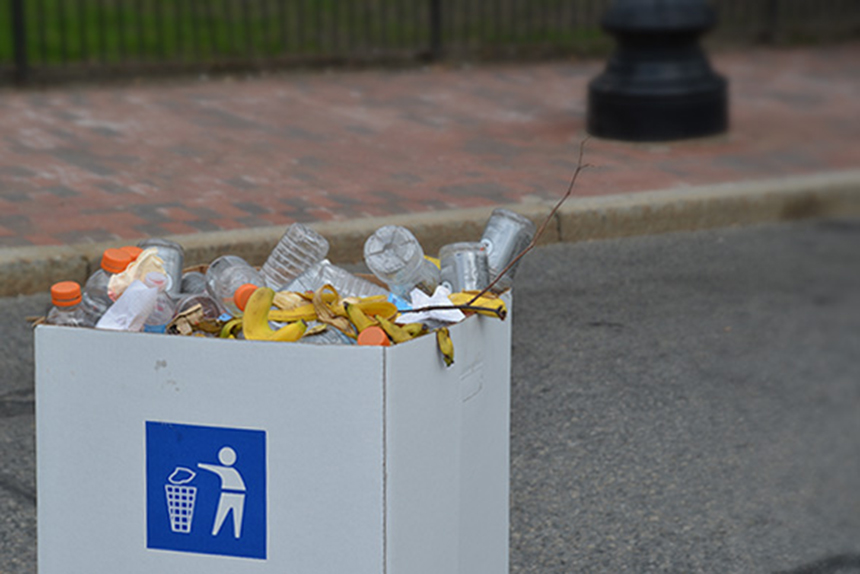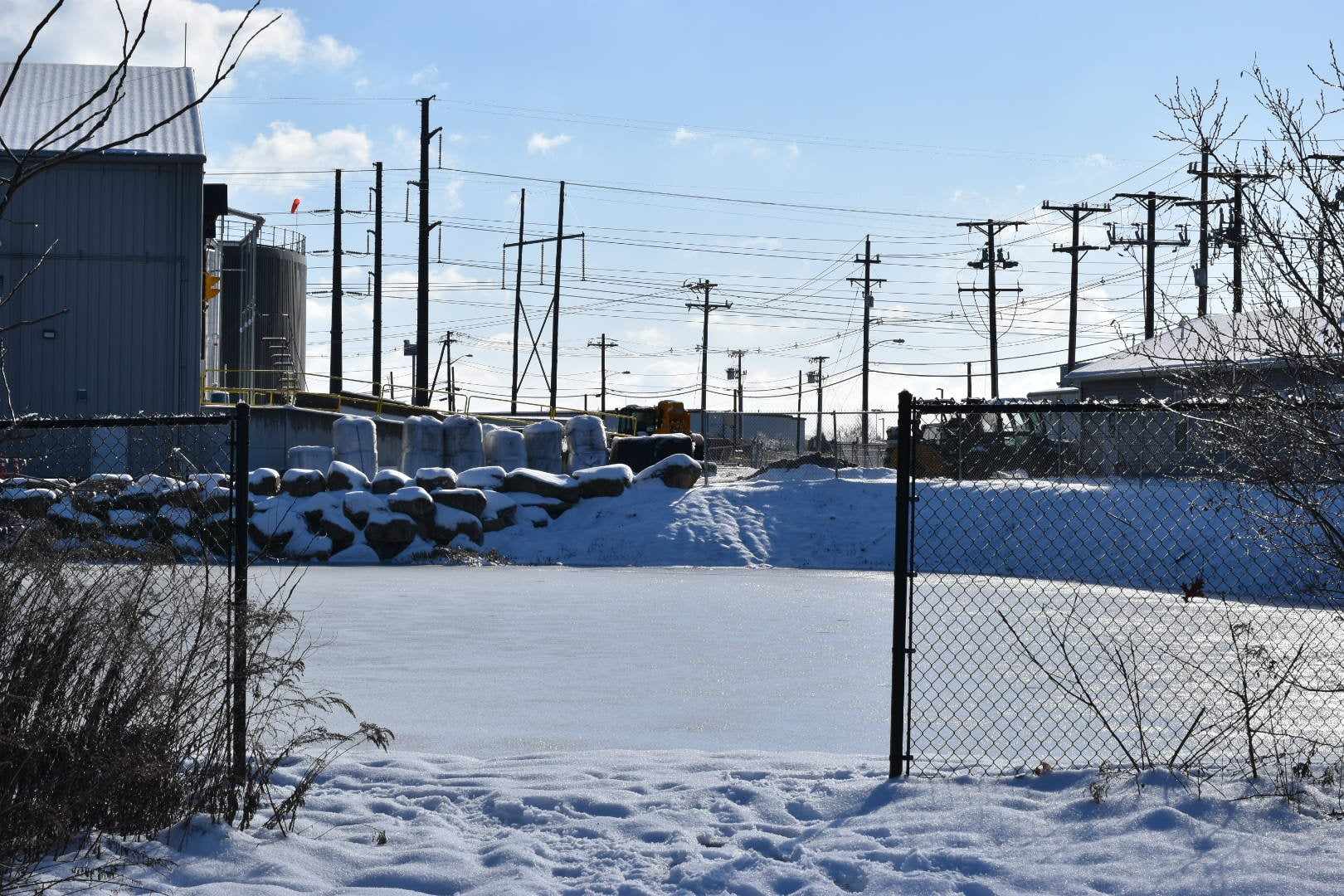New Technologies, Techniques Reduce Food Waste
December 19, 2016
A recent summit at Johnson & Wales University called “Spread the Surplus: Getting Wasted Food to Hungry People” offered hope that millions of tons of unused food is being diverted from landfills.
According to the Environmental Protection Agency (EPA), food scrap accounts for 21.6 percent of all trash, the most of any item in the country’s waste stream. Here are some ways, programs and projects designed to reduce the amount of food wasted:
Source reduction, the tracking and managing of food before it’s prepared and served, can reduce food waste by 50 percent.
Food donation is complicated. For grocery stores and food-makers, the process of getting excess food to a pantry or soup kitchen requires time, staff training and regulatory compliance.
Fortunately, several new businesses, such as Spoiler Alert, help with tracking and delivering unused food to food pantries and soup kitchens. Others such as Phood Solutions provide software and hardware to manage source reduction. The Good Samaritan Act protects food donors from legal liability.
Vermont saw a 40 percent increase in food donations in 2016, after the Vermont Foodbank enacted its “Fresh Rescue” program. Rhode Island has plans to release statewide food donation locations.
Supermarket waste diversion is on the rise. Stop & Shop, Shaw’s and Whole Foods are all targeting zero-waste stores. They cut waste by managing food production, donating food, and using composting facilities and anaerobic digesters. Food donation is getting so efficient that even leftover hot-bar foods are being delivered to groups that serve the hungry.
The Whole Foods in Cranston is one of 10 Whole Foods markets in the region to grind its spoiled food and plant waste into slurry. The slurry is pumped into an onsite holding tank and then shipped to an anaerobic digester at a farm in Rutland, Mass. The slurry is mixed with manure to create a biogas that is burned to generate electricity. The remaining material is used as a soil amendment.
Stop & Shop operates one of the nation’s largest anaerobic digesters, at its distribution center in Freetown, Mass. Delivery trucks no longer return empty to the facility but bring back food scrap for the digester or for feed for animal farms.
The anaerobic digester in Johnston is expected to be operating in early 2017.
Food safety
According to health experts, it’s safer to prepare meatballs with bare hands than a salad with bare hands, because most pathogens are destroyed when the meatballs are cooked. Salad, of course, isn’t cooked. Most viruses are spread from sick employees handling food.
Food expiration dates are confusing and aren’t related to health safety. Federal label requirements only apply to infant formula. Rhode Island requires expiration dates for seafood and packaged foods. It’s OK to donate food beyond the sell-by date, but Rhode Island requires food banks to label past-date food and keep it separate from other food.
It’s fine to donate dented canned food, but not considered safe if the can is bulging or dented on the seam.
Most foods, except for infant formula, are OK to use beyond the expiration date. Bread, pastries and crackers are the safest to eat after sell-by dates. Deli meats require the most caution. It’s safe to freeze food before the sell-by dates, even meats, to extend their safe-eating dates.
Reheating most foods to 165 degrees for 16 seconds will kill most pathogens.
Schools are allowed to keep sharing tables in their cafeterias that allow students to give and take unwanted food.
Categories
Join the Discussion
View CommentsYour support keeps our reporters on the environmental beat.
Reader support is at the core of our nonprofit news model. Together, we can keep the environment in the headlines.
We use cookies to improve your experience and deliver personalized content. View Cookie Settings



